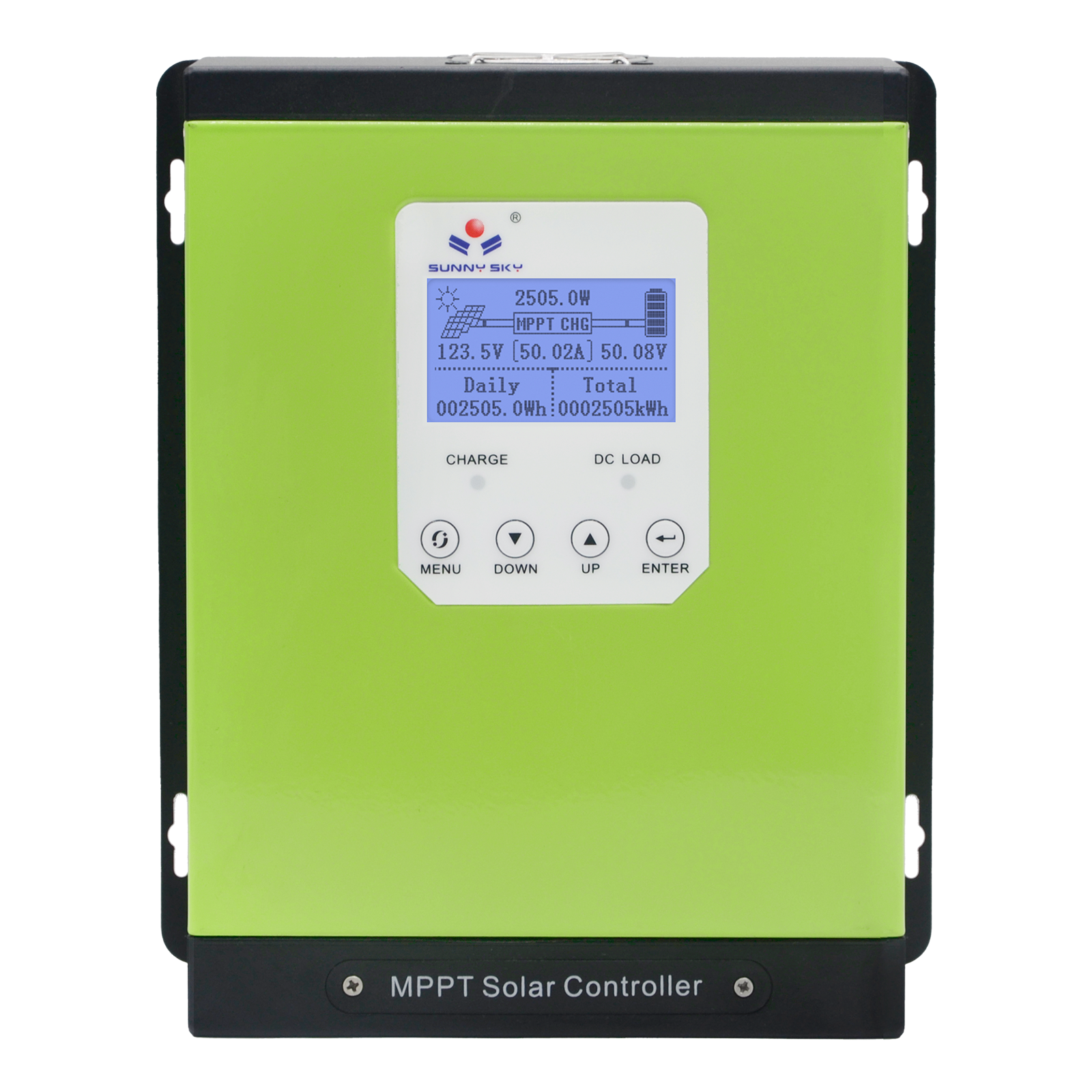Maximizing Your Solar Investment: A Guide to MPPT Technology
An MPPT solar charge controller is the essential central hub of any efficient solar power system, acting as the intelligent link between your solar panels and your battery bank. Its primary role is to manage the power coming from the panels to ensure your batteries are charged safely and effectively, preventing overcharging and extending their lifespan. Understanding how to select the right device is crucial for anyone looking to harness solar energy, whether for an off-grid cabin, an RV, or a large-scale residential setup. This guide will walk you through the key aspects of these advanced controllers, helping you make an informed decision for your energy needs.

What Makes a High Efficiency Solar Charge Controller?
The technology that sets these devices apart is Maximum Power Point Tracking, or MPPT. Unlike older PWM controllers, an MPPT controller intelligently scans the voltage output of the solar panels and determines the perfect voltage and current combination to extract the maximum possible power at any given moment. This makes an MPPT controller for solar panels exceptionally effective, especially in conditions with variable sunlight, such as cloudy days or during early morning and late afternoon. This advanced process can boost your system's energy harvest by up to 30%, making it a high efficiency solar charge controller and a wise investment for maximizing your return on solar panels.
How to Choose the Best MPPT Solar Controller
When selecting the best MPPT solar controller, several key features demand your attention. First, consider the system voltage and current capacity. Models are designed for specific system voltages like 12V, 24V, or 48V, with some, like the TYC Series, offering automatic detection for greater flexibility. The amperage rating, such as 60A or 100A, must match or exceed the maximum current your solar array can produce. A reliable solar charge controller will also feature a clear, intuitive user interface, often an LCD screen. This display provides critical real-time data, including battery status, charge voltage, and historical performance records, allowing for easy system monitoring and optimization. Modern units even offer advanced connectivity with Wi-Fi, 4G, and GPRS capabilities, enabling remote management from anywhere in the world.
Finding a Reliable Solar Charge Controller Supplier
Sourcing your equipment is a critical step. When searching for a solar charge controller supplier, prioritize companies with a proven track record of quality and customer support. Reputable solar charge controller manufacturers engineer their products for durability and performance, often backing them with solid warranties. For larger projects or commercial installations, exploring MPPT solar charge controller wholesale options can provide significant cost savings. While solar charge controller pricing can vary widely based on brand, capacity, and features, it's important to view it as a long-term investment. Top-tier MPPT solar controller manufacturers often integrate superior components and more sophisticated tracking algorithms, which justifies a higher initial cost through increased energy yield and system longevity.
Integrating Your MPPT Controller for Optimal Performance
Once you've selected your MPPT solar charge controller, proper integration is key to unlocking its full potential. The controller acts as the core, taking the optimized DC power from the panels and feeding it to your batteries. From the batteries, an inverter converts the stored DC power into AC power, ready to run your appliances. By carefully choosing a controller that matches your panels and battery bank, you ensure this energy flow is seamless, stable, and highly efficient. Investing in a quality MPPT controller is not just about buying a piece of hardware; it's about building a smarter, greener, and more independent energy future.


